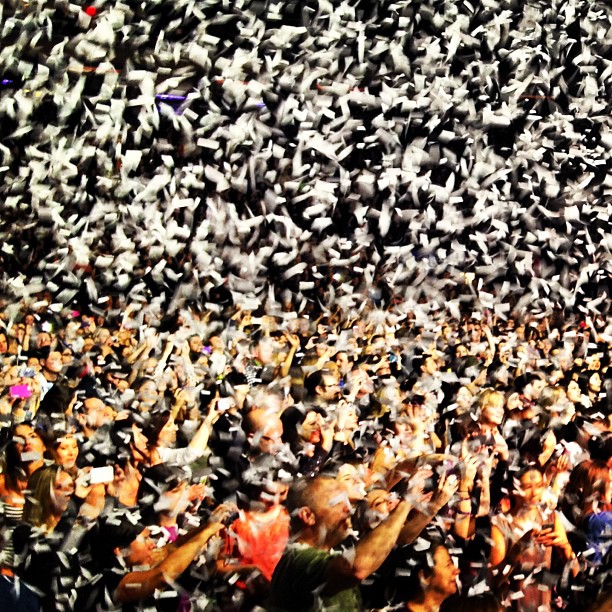
Welcome to this week’s edition of TIME LightBox Follow Friday, a series where we feature the work of photographers using Instagram in new and engaging ways. Each week we will introduce you to the person behind the feed through his or her pictures and an interview with the photographer.
For this edition of #LightBoxFF, TIME spoke with photographer Stephen Wilkes (@stephenwilkes), who has maintained a unique personal style and seamless aesthetic in his commercial work, his fine art photography and his social documentary projects. He says Instagram allows him the opportunity to “share a visual philosophy” across a constantly expanding global network.
LightBox: How are you using Instagram now, and how has it become a part of your professional practice? Are you taking photos with your phone, are you uploading images you’ve taken with your camera, or both?
SW: Instagram has become the place where I can share the things I see on a daily basis, with an incredibly diverse global audience. The iPhone is the camera I always have with me, so I’m never experiencing the dreaded “if I only had my camera” scenario. All the images on my feed are shot with my iPhone only.
LightBox: What is the purpose of your feed? What does Instagram provide for you, professionally and creatively, that other platforms don’t.
SW: The purpose of my feed is to share with my followers exactly what has caught my eye at any given moment. I’m also attempting to share a visual philosophy that we all can have the same tools, but what separates us is the way we look at the world. By showing iPhone images only, I’m removing the higher-end technical aspects of picture taking. My work as as fine artist and commercial photographer involves a deep level of complexity. The beauty of shooting with my phone is that I’m able to let go of all those technical aspects of photography; it becomes a spontaneous sketchbook for me. The majority of Instagramers have the same or a similar phone to photograph with, allowing everyone to share their unique vision of the world. In a sense it has become a modern form of cave painting. The exponential growth of this platform is redefining the still photograph as a language.
A view of the George Washington Bridge from the West Side highway in New York was the first image Wilkes uploaded to Instagram. May 12, 2012
LightBox: Do you use any of Instagram’s filters or toning features? Why or why not?
SW: Occasionally I’ll use a filter and/or toning features of the Instagram app. I avoid using any additional programs to edit my images as the beauty of this platform is its simplicity.
LightBox: Why did you start using Instagram, and how has your use of it or understanding of it changed since your first post? You watermark all of your Instagram images, can you talk about your decision to do that and why you feel it’s important to include on your feed?
SW: I started using Instagram initially because photographing with a phone began to liberate me, in a way. I loved the immediacy of sharing a more personal view of the way I see. I decided to begin watermarking all my images early on for two reasons. The first was proper attribution: without any watermark my images could be shared and never properly credited. The second reason was that Instagram changed their original Terms of Service agreement — which they eventually reversed — but that moment was clearly a wake-up call to many professionals who are familiar with copyright law and are used to registering their work and defending their copyright.
LightBox: When did you hit your stride with Instagram? Was there a moment, project, or image where you crossed a threshold, and your perspective on the platform changed?
SW: I believe the most dramatic moment came when I was asked by TIME to cover Hurricane Sandy on my iPhone. I was one of five photojournalists that Kira Pollack, the director of photography, contacted. The idea that a platform such as Instagram could be used to share a major story in real time was a revelation. I believe it was the start of something special, and showed how powerful this platform can be.
LightBox: Which post inspired the most audience feedback and engagement through likes and comments? Why do you think that photo got people’s attention, and do you agree with it?
SW: I recently posted an aerial of the Statue of Liberty during an extraordinary sunset. It not only generated likes, but conversation and passion about freedom, the world and being American. One of the incredible aspects about sharing your mages with the global community is the way all of these voices can be heard through these comments. As an artist, that direct feedback from a global audience is quite humbling.
Wilkes’ most popular photo on Instagram, shot on assignment for TIME.
LightBox: Do you envision Instagram ever losing it’s appeal, and if so, how would you replace it?
SW: I believe Instagram will continue to grow in its popularity, until there is a new and different technology that we all can’t live without.
Stephen Wilkes is a photographer whose work has appeared in TIME, Vanity Fair and the New York Times Magazine. Follow him on Instagram @stephenwilkes.
Krystal Grow is a writer for TIME LightBox.
See more photographers chosen by TIME for #LightBoxFF here
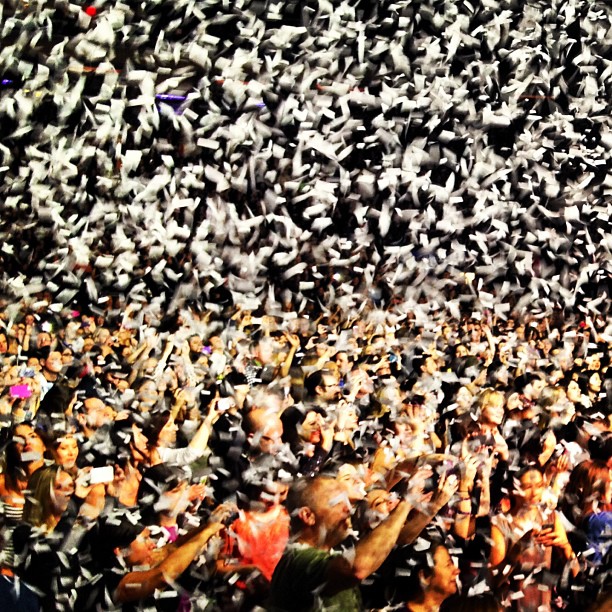
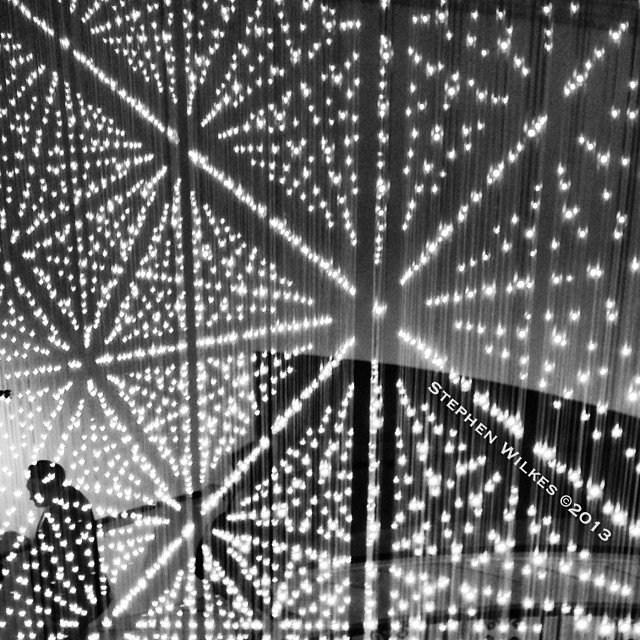

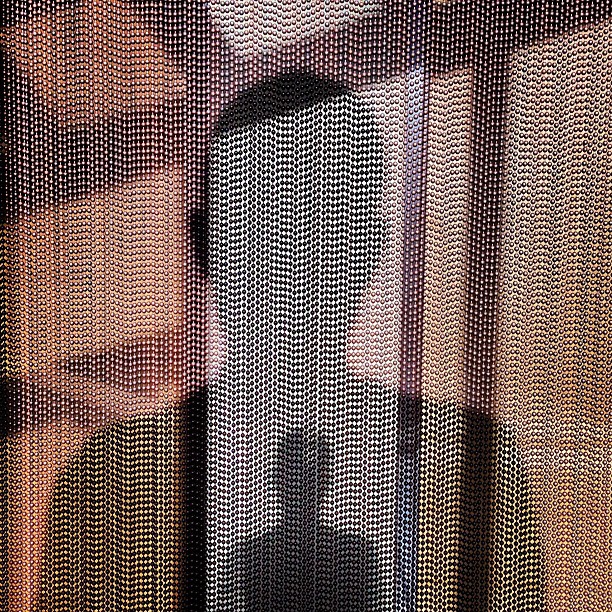
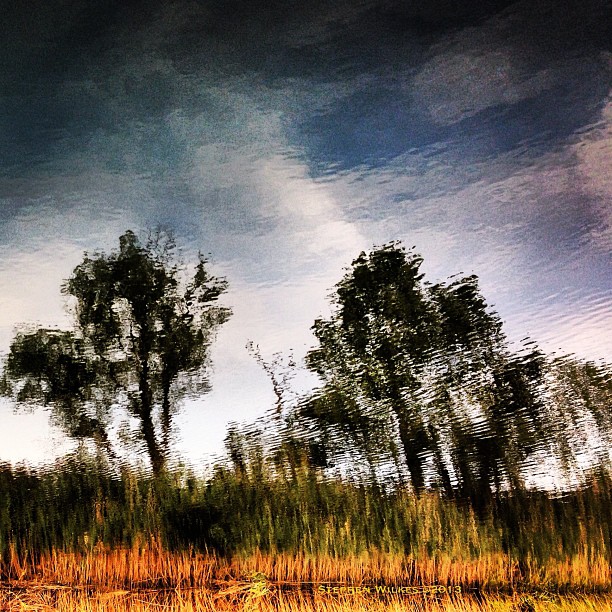
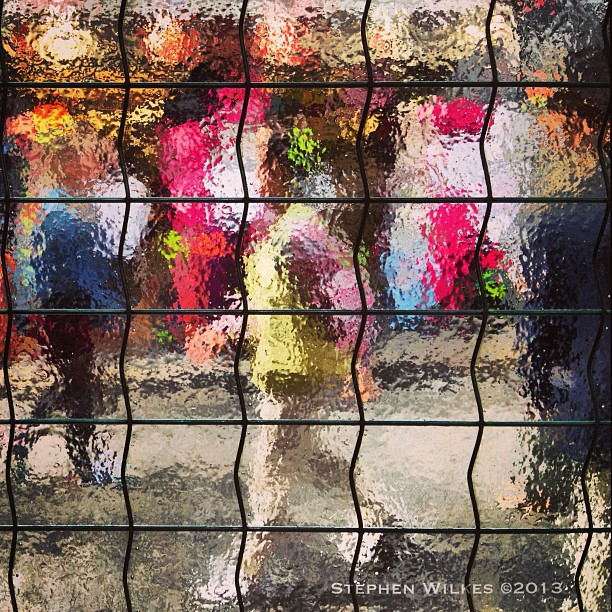
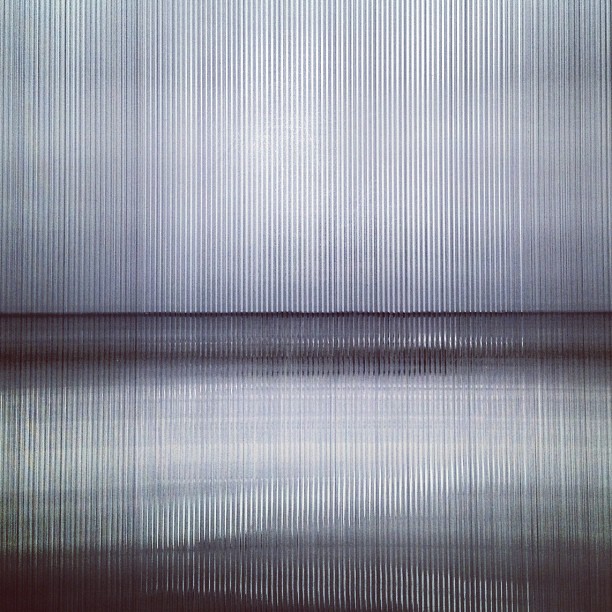
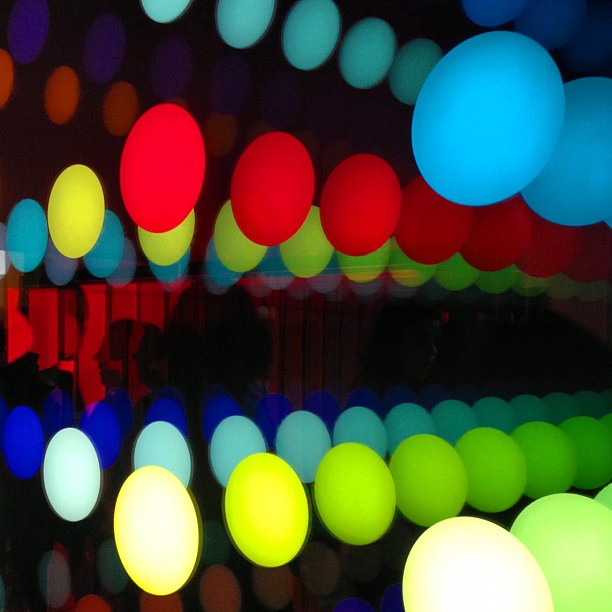
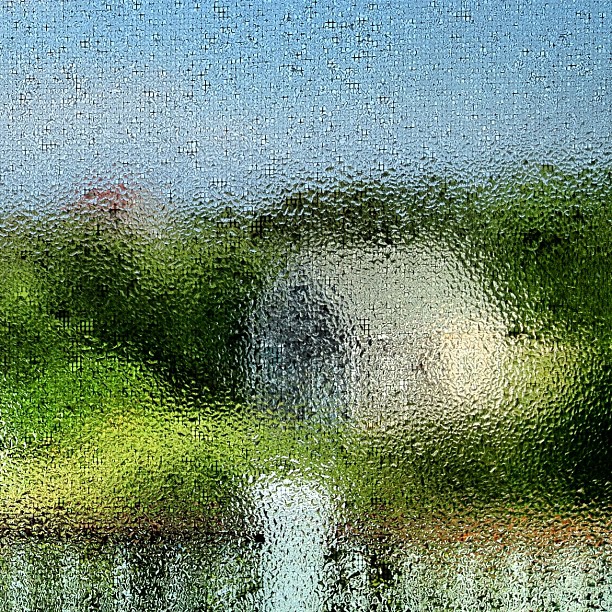

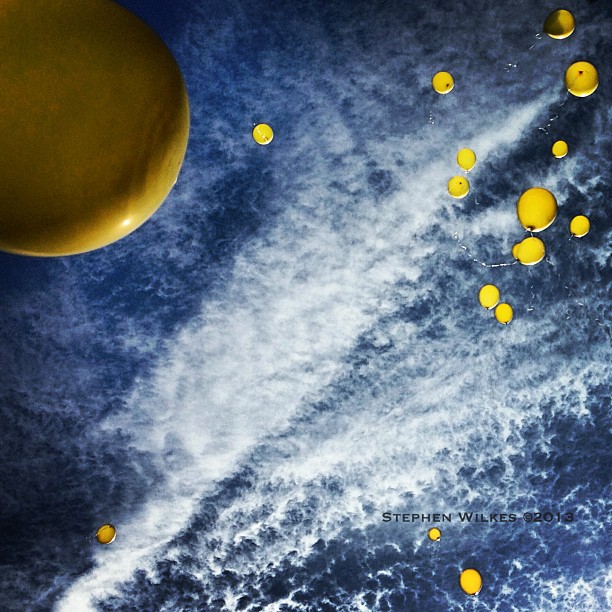
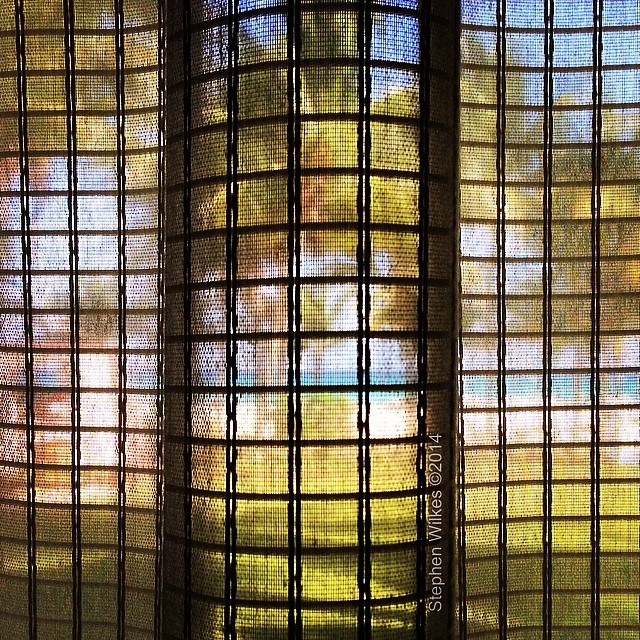
More Must-Reads from TIME
- Donald Trump Is TIME's 2024 Person of the Year
- TIME’s Top 10 Photos of 2024
- Why Gen Z Is Drinking Less
- The Best Movies About Cooking
- Why Is Anxiety Worse at Night?
- A Head-to-Toe Guide to Treating Dry Skin
- Why Street Cats Are Taking Over Urban Neighborhoods
- Column: Jimmy Carter’s Global Legacy Was Moral Clarity
Contact us at letters@time.com